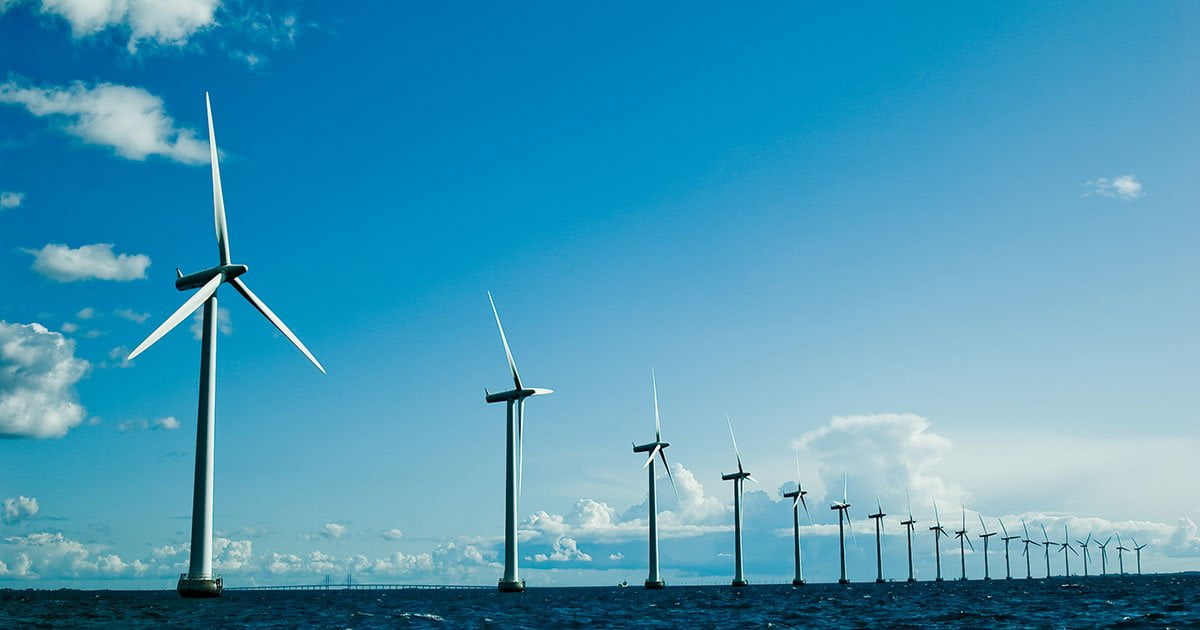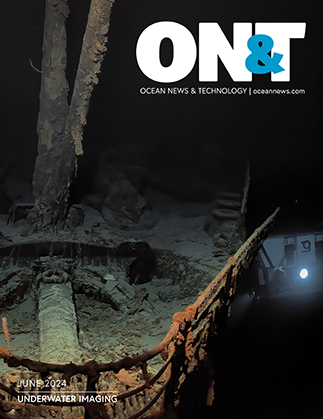A darkening cloud for the US wind industry is the forthcoming presidential elections, from which two very different future development scenarios can be forecast:
A continuation on the current development pathway to progress over 90 gigawatts (GW) of identified project capacity, install ~6,500 offshore wind turbines, invest over $420 billion of capital (at today’s pricing), and spend a recurring annual $10 billion (at today’s pricing) once the projects are installed.
A shift away from offshore wind and the energy transition, with the immediate cancellation of federal plans for lease auctions in eight wind areas in 2025–2028, the removal of federal project review resources that will immediately impact ~15 GW of projects that are in the permitting pipeline, and the permitting of projects with leases where federal review has yet to commence. Further, the threat remains for Executive Orders that halt specific projects or a create a moratorium on offshore wind development in specific areas, such as the Trump Administration 10-year moratorium on offshore wind leasing in North & South Carolina, Georgia, and Florida.
Despite these dark clouds, offshore wind development continues, particularly in the Northeast and Mid-Atlantic, where the drivers for offshore wind are the strongest.
The Bureau of Ocean Energy Management (BOEM) has now permitted the construction of close to 12 GW of project capacity, ~8.7 GW has agreed to offtake commitments, and the balance has been offered into Northeast and Mid-Atlantic ongoing solicitations. ~4.3 GW of capacity is either operational, partially generating, or under construction, and a further ~1.7 GW of capacity is in pre-construction. Further, close to 23 GW spread over 16 Atlantic, Pacific, and Gulf of Mexico sites is scheduled to be awarded in federal auctions by October of this year.
The US active crew transfer vessel (CTV) fleet is expected to reach 25 vessels by the end of 2024. At the same time, the service operation vessel (SOV) fleet will consist of one operational vessel and two under construction. Dominion’s wind turbine installation vessel (WTIV) Charybdis will be completed ahead of the 2025 turbine installation campaign. The rock dumping vessel Acadia is progressing.
The doubt about project sanctioning activity has slowed the development of several announced component factories. EEW AOS New Jersey is completing monopiles in the first phase of the manufacturing facility, and Nexans Goose Creek is producing subsea cables for the domestic and overseas markets. However, plans for two turbine nacelle plants, three turbine tower manufacturing facilities, two monopile manufacturing facilities, and two subsea cable factories are currently all on hold or under review.

